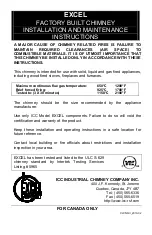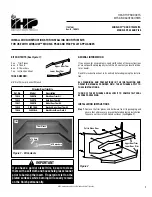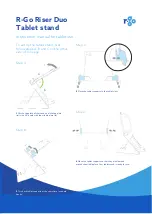
ID TECH SecureHead SPI with TMIV User Manual
Page | 56
16.
APPENDIX J: Firmware Upgrade
ID TECH TM4 SPI SecureHead firmware can be updated through the SPI communication port.
ID TECH can provide Windows-based utility software, FWUpdate.exe, and an RS-232 to SPI converter
board for reference. The customer can also develop their own software to upgrade the firmware.
(Prerequisite: The host must already be in communication with SecureHead. It must support regular
commands like “read firmware version.”)
Refer also to ID TECH's Tech Note 015 on TriMag IV firmware upgrade procedures, available for
download at
https://atlassian.idtechproducts.com/confluence/display/KB/Do-+Home
16.1.
Procedure
TriMag IV firmware can be updated using the following commands.
Except where noted, commands should be wrapped in STX (0x02) and ETX (0x03), followed by a one-
byte LRC (calculated as the XOR of all preceding bytes including STX and ETX).
Also, except where noted, a successful response will begin with ACK (0x06).
16.2.
Basic steps:
1. Read firmware version (52 22 88 command). This is to confirm current reader is working 2. Erase
firmware (53 7E 0D 31 01 02 03 04 05 06 07 08 04 03 02 01).
The firmware will be erased in about 2 seconds, then rise DAV line to request the send of 0x5A. Host
needs to read this response.
Note:
The DAV line will be high for 500 mS. If software does not read a response, the SecureHead will
shift to RS232 communication. In such a case, you must cycle the SecureHead power and read
response within the 500 mS DAV high period to get the 5A byte.
We suggest waiting another 3 seconds after reading the response, then perform the following
loading sequence.
16.3.
Load new firmware
1.
Send hex byte 0xBD to start loading.
2.
Open firmware bin file and send the
whole file
to the SecureHead.
Note:
The new firmware file is a binary file that contains 26K bytes encrypted firmware and 4 bytes
CheckSum and LRC. The CheckSum and LRC will be checked by SecureHead. The SecureHead will
decide to reject or accept the firmware download. (The host does not need to check these bytes. Just
send the whole file.)
3.
Wait for DAV line high and read one-byte response.
4.
Wait for 3 seconds.


































